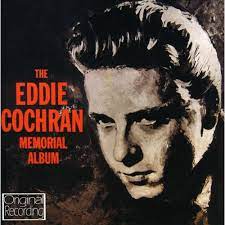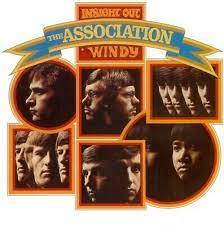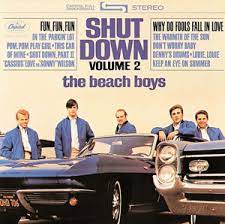Tutorial Pricing: $3.25ea OR any 10 for $10
(use code "Any10410" at checkout)
Paid Requests for $25ea
(comes with any 8 freebies -> so 9 for $25)
100's Of Free Demos & Chord Sheets
- Home
- 50s & Vegas
- Everly Brothers Best Songs
Everly Brothers Best Songs
On The Acoustic
Welcome to my Everly Brothers best songs page featuring hits by The Everly Brothers where you'll find a collection of demo clips covering several top songs along with free chord sheets, rhythm tips and more.
If you want to purchase the full lesson tutorials, those are available for a small fee. See links above.

Bird Dog
Bye Bye Love
Cathy's Clown
Claudette
Devoted To You
Ebony Eyes
Like Strangers
Wake Up Little Suzie
Walk Right Back
Why Worry
Everly Brothers Best Songs
Chords, Lyrics, Demos, Tutorials
All I Have To Do Is Dream
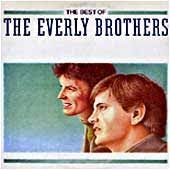
All I Have To Do Is Dream was recorded in two takes back in 1958 and featured Chet Atkins on guitar. This was the only song to be on all Billboard Charts at the same time.
The song was also a #1 in the UK as well as the US and Canada and can be found on their album "The Best Of The Everly Brothers" released in 1958.
This one is played in standard tuning using a root down up down up root down up down up rhythm pattern with a bit of picking blended into the rhythm. The chords here are C, Am, F, G, Em, Am7, G7 and a D7.
Jump To Top
Bird Dog
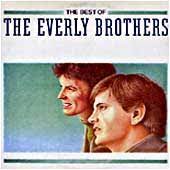
Bird Dog was another huge #1 hit for the brothers peaking at #1 on the US Country chart as well as #1 in Australia and Canada. It also crossed over at #2 on the Billboard Hot 100 chart.
The song can be found on The Best Of The Everly Brothers" 1958 album.
A capo on the 2nd fret here in standard tuning using the chords A, D, G, E, and D7. No lead in this one with a down up down up down up with rock & roll riff & repeat and some quick shuffles for the rhythm.
Jump To Top
Bye Bye Love
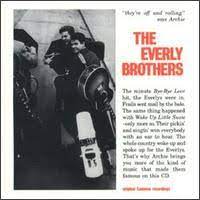
Bye Bye Love can be found on the debut album of The Everly Brothers from 1958.
This song was a #1 hit on the country charts in 1958 and crossed over onto the pop charts at #2 and the R&B charts at #5.
An easy root down up down up down up rhythm pattern with some rock and roll riffs in the verses. Played in standard tuning with the chords A, G, D, E, and C with no lead work.
Jump To Top
Cathy's Clown
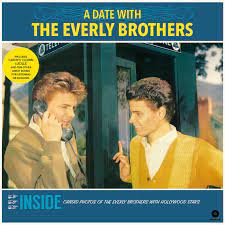
Cathy's Clown hails from the 1960 album "A Date With The Everly Brothers" which contained this track and was written by Don Everly. This song turned out to be their best seller throughout their entire career.
Don and Phil shared a microphone and with sessions musicians standing by, they nailed it in one take.
I play this one with a root down root up down up with a chop pattern in the chords G, D, Em and C. No lead in this one with standard tuning.
Jump To Top
Claudette
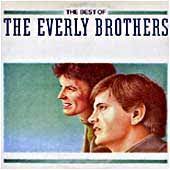
Claudette featured above, was the B-side to All I Have To Do Is Dream and was written by Roy Orbison who because of Claudette's success, broke ranks with Sun Records and joined the Everly Brothers label.
The song reached #15 on the US Country charts and hit #1 in the UK. It's also found on "The Best Of The Everly Brothers" 1958 album.
Just the tree chords E, A and B7 in this number in standard tuning and no lead. Use quick shuffle patterns to start and then down up down up with the standard rock and roll strum.
Jump To Top
Devoted To You
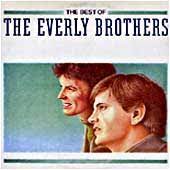
Devoted To You was the B-Side to Bird Dog and did very well on it's own reaching #1 i Canada, #7 on the US country chart and #2 on the US R&B chart.
The song is also found on the 1958 album "The Best Of The Everly Brothers".
Here is another song with a root down up down up and repeat rhythm pattern while playing some lead in the rhythm. Chords you'll need in standard tuning are G, C, D, G6, Am, Bm, Em and an A7.
Jump To Top
Ebony Eyes

Ebony Eyes was released as a B-side single to Walk Right Back in 1961. In the UK, the song peaked at #1 for 3 weeks until it was banned on the UK radio as being "too sensitive" and upsetting lyrics to be played on radio.
The song did appear on the album The Golden Hits Of The Everly Brothers.
This one has a simple root up down up down up and some talking dialogue. There is no picking in standard tuning and the three chords of E, A and B7.
Jump To Top
Like Strangers
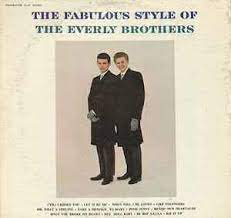
Like Strangers gave The Everly Brothers a top 30 with this release back in 1960. Later in 1980, Gail Davies scored a #21 on the Country Charts.
Felice Bryant and Boudleaux Bryant were the husband and wife team behind many hits by The Everly Brothers.
The song is off of their 1960 album "The Fabulous Style Of The Everly Brothers".
You can play with a capo on the 2nd fret here using arpeggio notes throughout but no lead work. The chords are E, A, Db7, Gbm, B7 and an Am.
Jump To Top
Wake Up Little Suzie
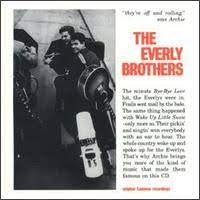
Wake Up Little Suzie is another great song from the songwriting team of Felice and Boudleaux Bryant, The Everly Brothers released this one in 1957.
The church in Boston thought the song was too suggestive and had it banned for a time according to Don Everly. It is probably one of the most well known songs by the brothers.
This track can be found on the debut album of The Everly Brothers from 1958. This song was a #1 hit on three charts including country charts, pop charts the R&B chart where it reached #1 on all three.
In standard tuning and no lead, this one has the chords D, F, G, A and E. Play a root down up down up down up rhythm pattern in standard tuning.
Jump To Top
Walk Right Back
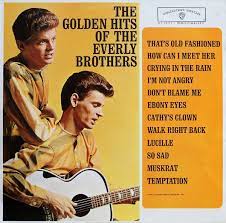
Walk Right Back was released as a single back in 1961 reached #1 in the UK, #3 in Canada, #7 in the US and #8 in Australia.
The track can be found on their album "The Golden Hits Of The Everly Brothers".
There is a riff in the rhythm pattern root down up down up down up as you play this one but no lead work to learn. In standard tuning play the chords D, A, G, D/Gb, Em and a Dmaj7.
Jump To Top
Why Worry
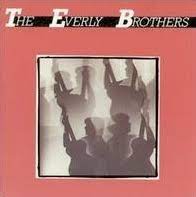
Why Worry was written by Mark Knopfler of Dire Straits for The Everly Brothers, but they never released the song as a single.
It can be found on their 1985 album "Born Yesterday" and Knopfler has it on the Dire Straits album "Bothers In Arms".
I play this one with Drop D Tuning and a capo on the 2nd fret. There is arpeggio picking throughout and some lead work. Use the chords D, A7, G, E7 and an Em.
Jump To Top Of Everly Brothers Best Songs
Thanks for stopping by my Everly Brothers best songs page and I hope you found the information here helpful.
If you liked this Everly Brothers best songs page, you might also like ... (click images)
The Everly Brothers
The Everly Brothers Hall Of Fame
Top Hits Of The 50s
